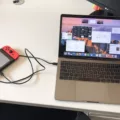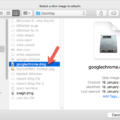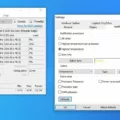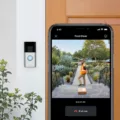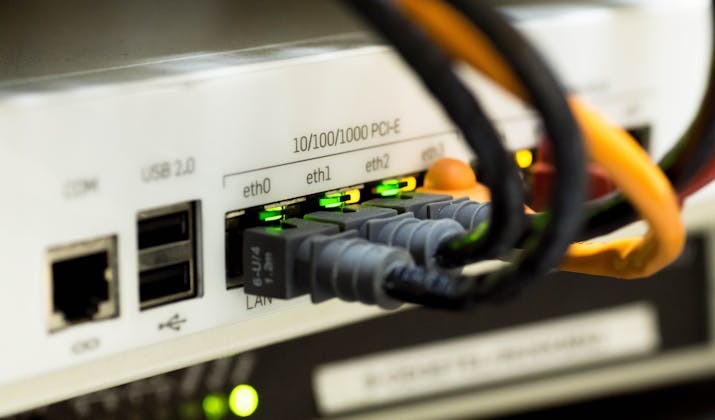
Are you trying to connect a Mac to Ethernet? With a USB Ethernet adapter for MacBooks, you can do an Ethernet network setup for your Mac. Ethernet comes with many benefits, including a more stable internet connection compared to wireless internet and better Mac internet connectivity. If you would like to enjoy the benefits of Ethernet while using your MacBook, continue reading!
Required Hardware
For MacBook Pro Ethernet connectivity, there are not many hardware requirements. You will need an internet connection at home. You will also need a router or network jack to plug the Ethernet cable into.
You will also need a USB-C to Ethernet Adapter or a regular USB Ethernet Adapter (USB-A), depending on the ports your MacBook Pro has. You will also need a longer Ethernet cable that can be plugged into the router on one end and into the adapter on the other end.
Apple adapters are great choices. Apple sells both types:
You can also find many similar adapters on third-party marketplaces, such as Amazon. You should look on Amazon if Apple doesn’t have its adapters in stock or if the price is too high.
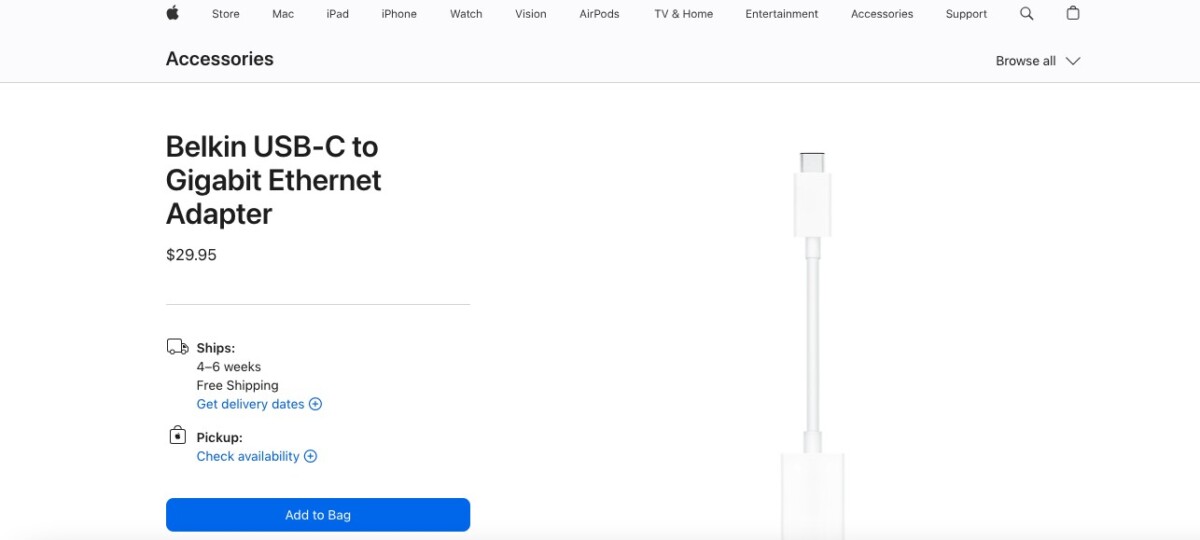
Setting Up Your Connection
Connecting the Hardware
Once you have the required hardware, it’s time to begin with the Ethernet setup process. Here is a step-by-step guide.
- Connect the Ethernet cable to the Mac adapter on one end and plug it into the router on the other end or into the network jack in your wall.
- Connect the USB adapter to your computer.
- Once the USB-C adapter connection is complete, your computer should have access to high-speed internet.
Remember, for the USB adapter setup to work, your home needs internet service from an internet service provider like Verizon.
Powering On and Initial Configuration
Once you have connected your Mac to the internet via Ethernet, you are up to the device readiness check stage.
Power on the Mac. Plug it into a power source if it’s not charged. The initial setup is now complete, and all you have to do is ensure it is working properly.
Go to Network in System Settings/Preferences and find your Ethernet connection on the left side. Look for a green dot during your Ethernet connection check to ensure your device is receiving internet.
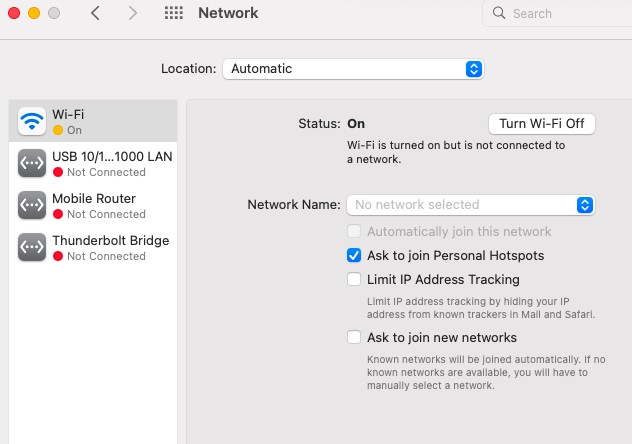
Configuring Network Settings on Mac
You don’t need to configure network settings or change Mac Ethernet settings on your Mac, since it will automatically recognize Ethernet connections. However, you may want to open System Preferences/Settings and click on Network, where your network configuration settings are, to check if the Ethernet connection is working and to select it. A green dot will indicate that Ethernet service is working.
Advanced Configuration
Let’s talk about some advanced network settings you should know about.
- Limit IP address tracking: After selecting your Ethernet connection in your Network settings, you can hide your IP address from certain trackers by toggling this option.
- IP address configuration: In the advanced settings, you can choose how to configure your IP address (the default is the DHCP protocol).
- Mac network preferences: For certain networks, you can choose some settings, such as whether to connect to the network automatically or whether to use low data mode (best for mobile hotspots).
Troubleshooting Common Issues
Let’s give some tips on how to troubleshoot Ethernet issues.
- Connection problems: These can occur due to a problem with your ISP’s service or a faulty cable. Try replacing the cable and calling your ISP to inquire about interruptions in the network.
- Adapter issues: If your Ethernet is working fine for other devices, but not for your Mac, it may be due to a faulty adapter. Try replacing the adapter.
- Network configuration errors: If you are connecting your Ethernet cable to your router, check your router configuration settings. Ensure the internet is active.
For all Mac network troubleshooting errors, you can call Apple for support.
Benefits of Using Ethernet Over Wi-Fi
You might wonder what the benefits of Ethernet are over Wi-Fi. When it comes to the Ethernet vs. Wi-Fi debate, we need to discuss the pros of each one, so let’s do that.
Ethernet advantages include faster internet speeds – internet can go over a cable connection faster, as a general rule, than Wi-Fi. It also offers better connection stability, since you don’t have interference from things like Bluetooth and other radio waves or Wi-Fi connections of neighbors. Reduced interference is a big factor in the faster speed and connection stability.
Wi-Fi advantages, on the other hand, include greater freedom. You aren’t limited to the length of the cable. Rather, you can take your laptop with you anywhere that your Wi-Fi connection reaches.

Can I use any USB Ethernet adapter with my Mac?
Yes. You can use any Mac USB adapter; it doesn’t have to be an Apple certified adapter. As long as it can connect to the right ports, any adapter that offers USB Ethernet adapter compatibility should work. It’s always important to ensure adapter compatibility with your Mac ports before buying one.
Why is my Ethernet connection not being recognized by my Mac?
Ethernet connection issues are typically caused by:
- A faulty cable
- A faulty adapter
- Misconfigured network settings
- Outdated drivers
To troubleshoot Ethernet issues for Mac not recognizing Ethernet, start by making sure your Ethernet connection is recognized and has a green dot in your Network settings. Replace the cable and adapter, if necessary, and ensure your Mac has the latest software updates.
How do I switch between Ethernet and Wi-Fi on my Mac?
You can switch between Ethernet and Wi-Fi in your Mac Network settings. Manual network switching involves simply selecting the internet connection you want to use in your network preferences. By selecting the Ethernet connection, your Mac will prioritize Ethernet over Wi-Fi, even if Wi-Fi is available. You can also simply unplug your Ethernet cable or adapter to switch to Wi-Fi.
Conclusion
Here’s our Ethernet setup summary: To connect Mac to Ethernet, you only need an Ethernet cable and an Ethernet to USB/USB-C adapter.
Final thoughts: The benefits of Ethernet include a seamless connection and faster internet. It’s a great option if you are doing Zoom meetings, for example, and can’t afford any interruptions.



